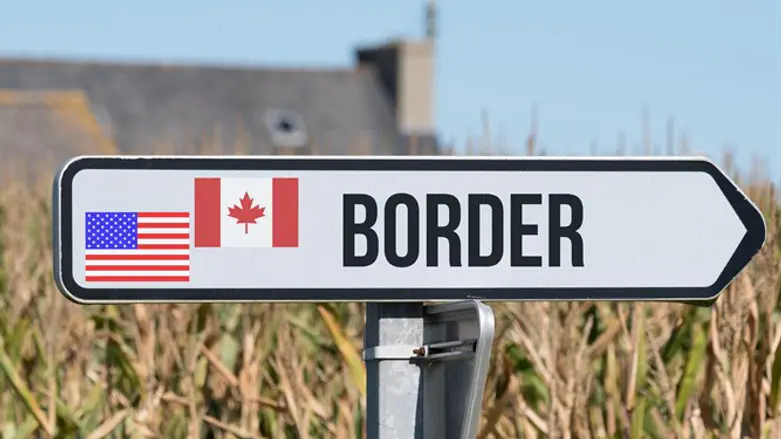
After almost two years of strict border controls for non-essential travel, the United States is about to reopen its land borders to Canada and Mexico — but only to people who are defined as fully vaccinated.
This follows last month’s announcement by the White House that by early November, the United States would be lifting air travel restrictions on fully vaccinated foreign nationals from 33 countries (including China, India, Brazil, and most of Europe). Restrictions for unvaccinated foreign nationals wishing to enter the United States are being extended.
Three weeks later, on October 13, US Homeland Security Secretary Alejandro Mayorkas said in a statement that land border restrictions are to be similarly lifted, allowing fully vaccinated foreigners from Mexico and Canada to enter the United States, the first time since March 2020 that non-essential travelers are to be granted entry.
“We will begin allowing travelers from Mexico and Canada who are fully vaccinated for COVID-19 to enter the United States for non-essential purposes, including to visit friends and family or for tourism, via land and ferry border crossings,” Majorkas said.
Canada has permitted fully vaccinated US citizens to enter the country since August, regardless of whether their travel is deemed essential or not.
Parallel to the easing of restrictions for the fully vaccinated, regulations governing travel for vaccine holdouts are to become stricter, Reuters reported. By January, all visitors to the United States, including those whose travel is defined as essential, will have to be vaccinated in order to be granted entry, affecting people such as truck drivers and health workers.
In Europe, similar moves are also being mooted. At a recent meeting of members of the ECDC, the European Centre for Disease Prevention and Control (the official public health agency of the European Union), the suggestion was made that travel restrictions within the EU bloc be readjusted in order to penalize vaccine refusal and thereby encourage compliance.
The current system in place classifies the various EU countries as either green, yellow, red, dark red, or grey, depending on COVID infection rates. Adjustments are also made according to vaccination rates and case positivity rates.
At the meeting, ECDC members noted that the existing travel restrictions have proved ineffective in preventing the spread of COVID, nor have they led to any discernible decrease in mortality rates.
Therefore, “ECDC proposes to consider discontinuing the use of the combined indicator due to the limited public health value and focus instead on promoting vaccination among travelers,” the EU health agency said.

